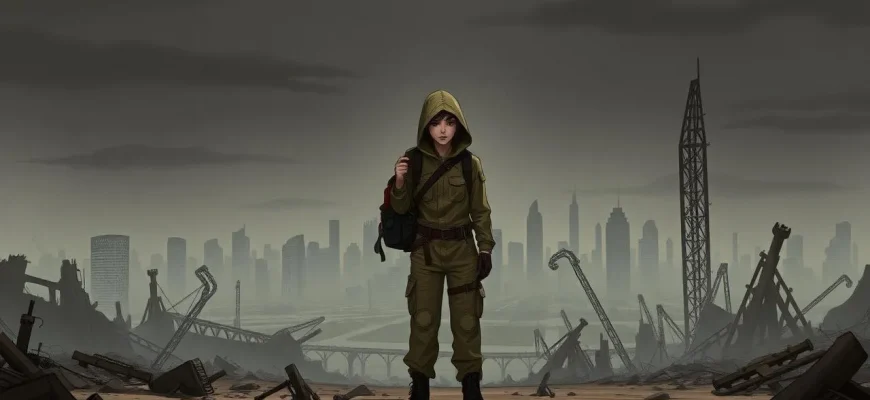In the realm of cinema, few genres blend the eerie atmosphere of horror with the desolate landscapes of post-apocalyptic settings quite like these films do. This curated list of 10 post-apocalyptic horror movies offers a thrilling journey through a world where civilization has crumbled, and survival is a daily battle against both the environment and the horrors that lurk within it. Whether you're a fan of zombies, mutants, or psychological terror, these films provide a unique blend of suspense, dread, and the raw human struggle for existence in a world gone mad.

The Last Man on Earth (1964)
Description: Based on Richard Matheson's "I Am Legend," this film follows the last man on Earth fighting against the vampire-like creatures that have taken over. It's a foundational film for the post-apocalyptic horror genre.
Fact: Vincent Price's performance as Dr. Robert Morgan was one of his most serious roles. The film was remade twice, but this version remains a cult classic.
 Watch Now
Watch Now 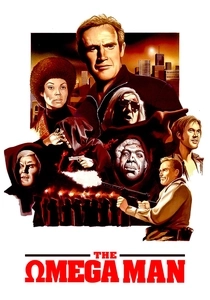
The Omega Man (1971)
Description: Another adaptation of Matheson's novel, this film stars Charlton Heston as the last human immune to a plague that has turned others into light-sensitive mutants. It's a blend of action, sci-fi, and horror.
Fact: The film was shot in Los Angeles, with many scenes filmed in the then-abandoned downtown areas, giving it an eerie, post-apocalyptic feel.
 Watch Now
Watch Now 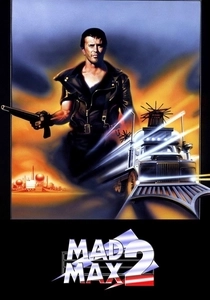
The Road Warrior (1981)
Description: While more action-oriented, this sequel to "Mad Max" features a post-apocalyptic wasteland where survival is about fuel and fighting off marauding gangs, with elements of horror in its brutal, lawless setting.
Fact: The film's budget was significantly less than its predecessor, but it became a global success, spawning a franchise. The iconic leather-clad look of Max was inspired by punk culture.
 Watch Now
Watch Now 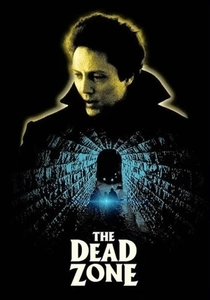
The Dead Zone (1983)
Description: While not strictly post-apocalyptic, this Stephen King adaptation features a teacher who wakes up from a coma with psychic abilities, foreseeing a future where a politician leads the world into nuclear war, creating a chilling vision of potential apocalypse.
Fact: The film was directed by David Cronenberg, known for his body horror themes. Christopher Walken's performance as Johnny Smith was critically acclaimed.
 Watch Now
Watch Now 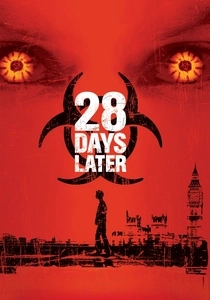
28 Days Later (2002)
Description: This film redefined the zombie genre by introducing fast-moving infected humans, creating a terrifying new vision of the apocalypse. It follows a man waking up from a coma to find London deserted and overrun by these aggressive creatures.
Fact: The film was shot on digital video to give it a raw, documentary feel. Also, the iconic scene where Jim walks through an empty London was filmed during the early hours to avoid crowds.
 Watch Now
Watch Now 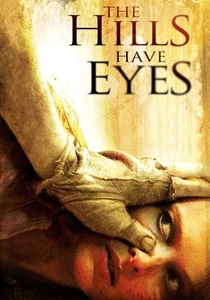
The Hills Have Eyes (2006)
Description: A family's road trip turns into a nightmare when they encounter a group of cannibalistic mutants in the desert. This remake of Wes Craven's original adds a post-apocalyptic twist to the horror.
Fact: The film was shot in the Moroccan desert, providing an authentic, desolate backdrop. The mutants were created using practical effects, enhancing the film's gritty realism.
 Watch Now
Watch Now 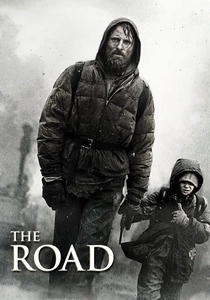
The Road (2009)
Description: Based on Cormac McCarthy's novel, this film portrays a father and son's harrowing journey through a bleak, ash-covered world where cannibalism is rampant. It's less about monsters and more about the horror of human nature in extreme conditions.
Fact: Viggo Mortensen lost 30 pounds for his role to portray the physical toll of the journey. The film's bleak setting was enhanced by shooting in real post-industrial locations.
 Watch Now
Watch Now 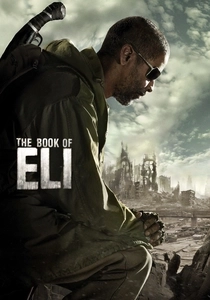
The Book of Eli (2010)
Description: In a post-apocalyptic wasteland, a lone wanderer carries a book that holds the key to humanity's survival, pursued by a ruthless warlord. The film blends action with horror elements, showcasing the desperation of a world without hope.
Fact: The film's ending was kept secret from most of the cast and crew to maintain its surprise. Also, Denzel Washington trained extensively in martial arts for his role.
 Watch Now
Watch Now 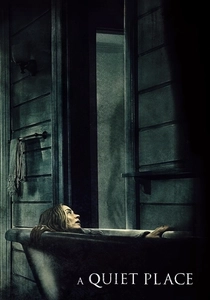
A Quiet Place (2018)
Description: A family must live in silence to avoid creatures that hunt by sound. This film masterfully builds tension through its unique premise, making the post-apocalyptic setting a backdrop for a horror of silence and survival.
Fact: John Krasinski, who directed and starred in the film, was initially hesitant to take on the role, but Emily Blunt, his wife, convinced him. The film was shot in chronological order to capture the natural progression of the family's fear.
 Watch Now
Watch Now 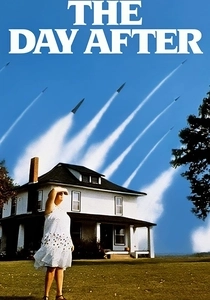
The Day After (1983)
Description: This TV movie depicts the aftermath of a nuclear war, focusing on the survivors' struggle in a devastated Kansas. It's more about the horror of nuclear fallout than traditional monsters.
Fact: The film was so impactful that it was shown in schools to educate about the dangers of nuclear war. It was also one of the most-watched TV movies of all time.
 30 Days Free
30 Days Free 
